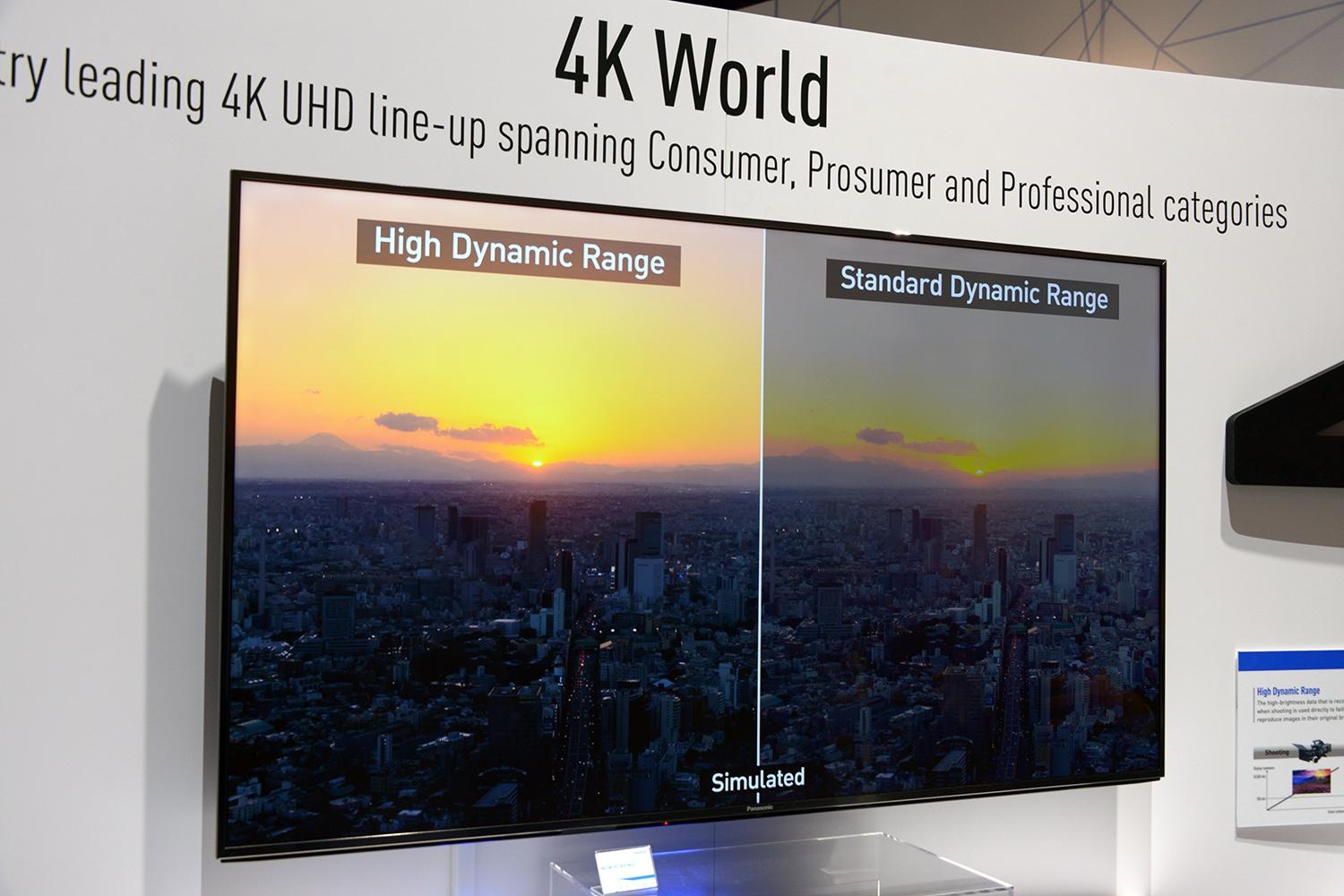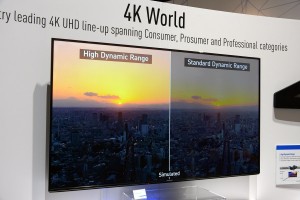1 min read
Samsung, LG, Sony And Panasonic TVs Adopt HDR

December 31, 2024
Copyright 2023, IT Voice Media Pvt. Ltd.
All Rights Reserved

 that allows screens to display million more colours and many more shades of brightness ranging between black and white. Both Samsung and LG have claimed that all their new TVs are going to support this feature. HDR allows the TV to show more detail.
that allows screens to display million more colours and many more shades of brightness ranging between black and white. Both Samsung and LG have claimed that all their new TVs are going to support this feature. HDR allows the TV to show more detail.